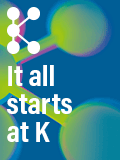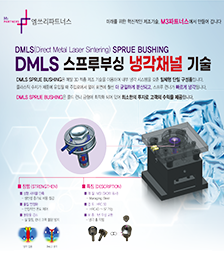Bio magazine
Southern Perspective: Plastic made from shrimp shells?
작성자 : Ms. Kang
2017-04-07 |
조회 : 3587
Linda A. B. Davis
While the Pensacola area supports a lot of farmland, we're mostly known outside of the region for our coastlines, and therefore, the seafood. Why wouldn't we take advantage of a natural source of readily available food? From fish to lobster to snails, we eat it all.
Actually, I use the word "we" in a very liberal sense. I'm a pretty picky seafood eater (fish, scallops and deviled crab), but the rest of you seem to enjoy it, especially shrimp. They're a great big "nope" for me, but they're touted in several sources I found as being the most popular type of seafood. Now, it seems these tiny crustaceans can benefit us and the oceans on an even larger scale.
Researchers at Harvard University announced in 2014 they developed a new kind of plastic using the discarded shells of shrimp. Think about how nasty that trashcan smells when you're done cleaning the leggy little critters. The disgusting heap now just gets tossed to the curb. Soon, though, we might be able to recycle it to help solve a major ecological problem we've caused ourselves and ocean life, that of marine debris.
This new plastic is known as "shrilk," and is truly biodegradable. It breaks down in just a few weeks. Once that happens, it can then act as fertilizer to help new life grow. These benefits have caused scientists to take a hard look at its possible uses.
Think about all the plastic we use today. Plastic shopping bags and garbage bags are the most up and coming projects, but even disposable diapers are on the radar for the future. The list could go on to include water and soda bottles or any sort of food or beverage holders, really. Once discarded, how much of it could be gone within a few weeks?
Made of chitosan, the main material in shrimp shells, and a fibroin protein found in silk, shrilk has a remarkable tensile strength. It's also very flexible when wet, which makes sense, since shrimp live in the water. It's currently being produced for egg cartons, chess pieces (how random) and cell phones.
Chitosan is a derivative of chitin, the second most common organic material on Earth. Shrimp shells are a more likely source for us, but it's in all crustaceans. That means lobsters, crabs and even barnacles, too. Chitin's also a main component of insect exoskeletons and butterfly wings. What? No, this doesn't mean anyone's going to be pulling the wings off of butterflies.
What it does mean is that in coming years, we on the Gulf Coast could be asked to help save our planet by recycling shrimp shells. The shrimp are going to get eaten anyway, so why not? Our oceans are worth it.





















